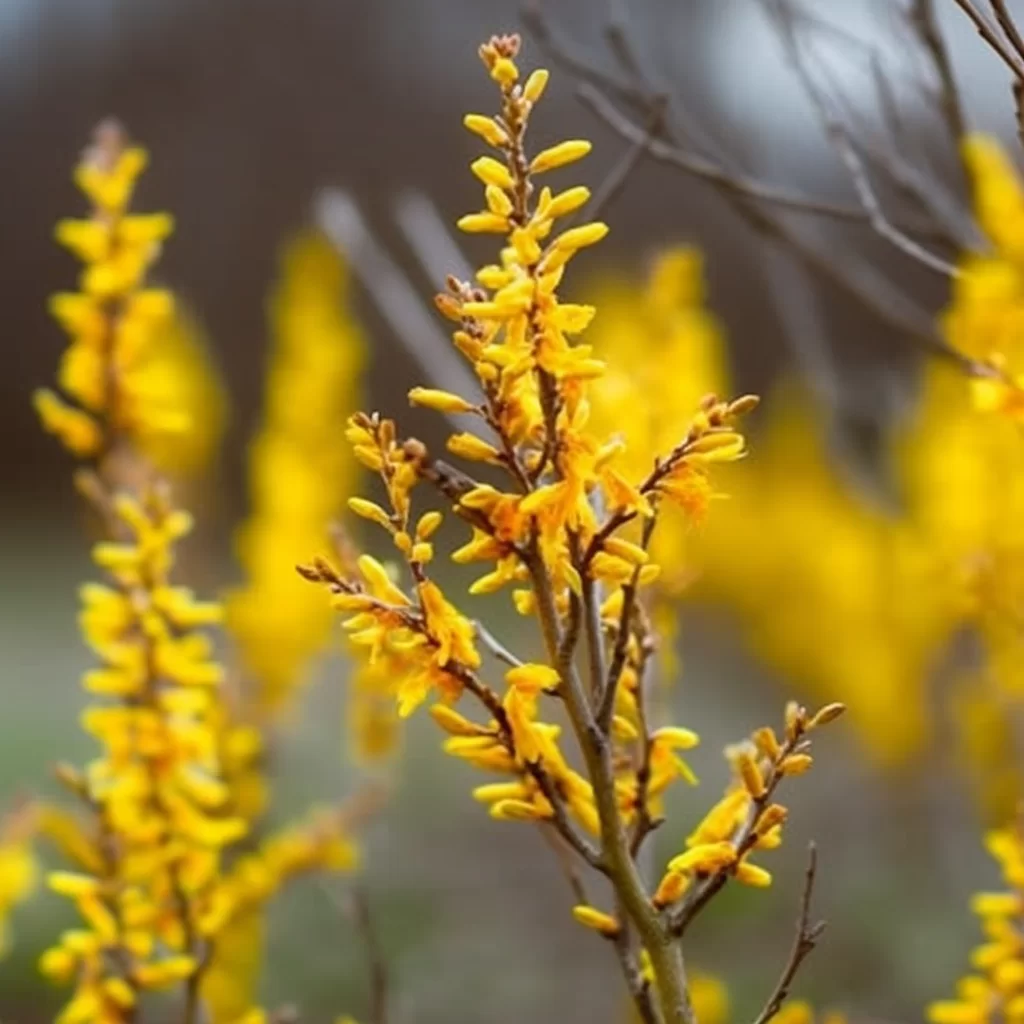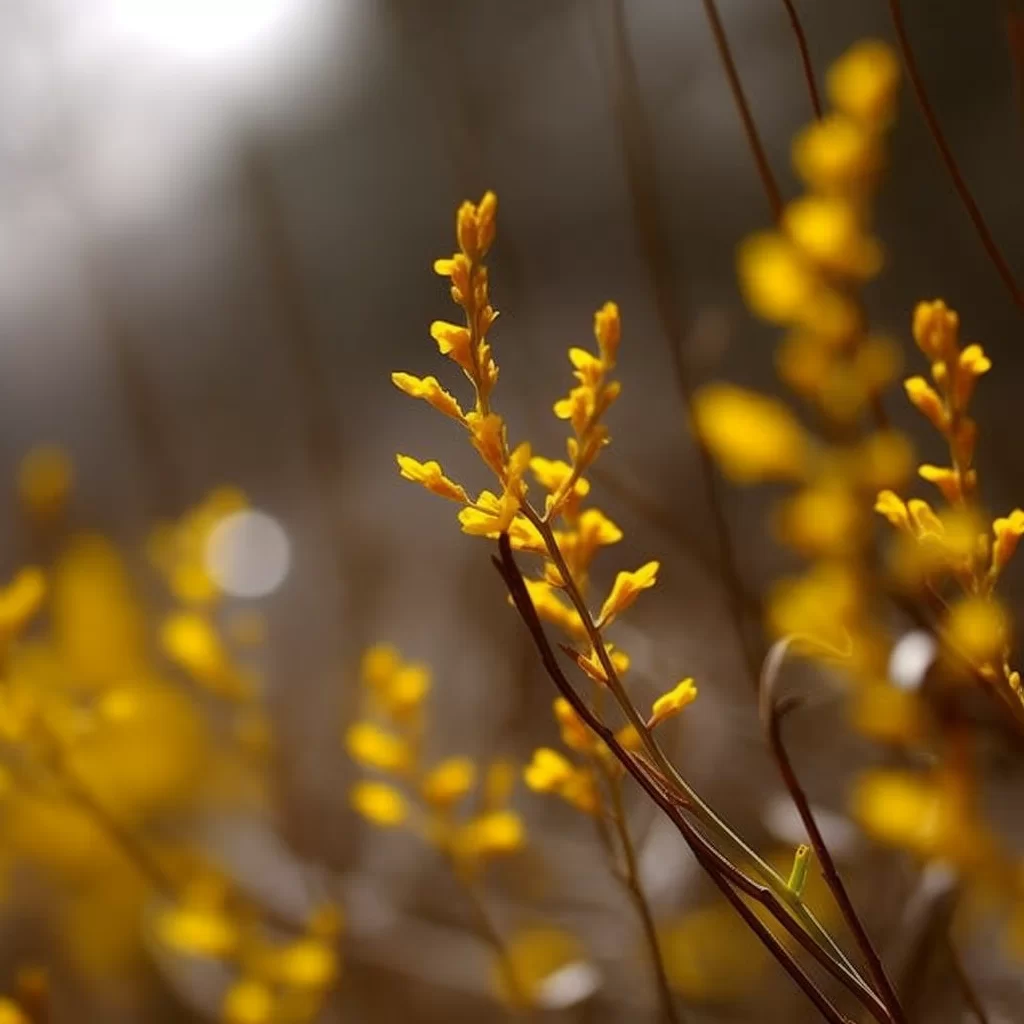Story of Day :
Contents
The Forsythia Plant: Your Complete Guide and Care Tips
As winter comes to an end, the cheerful and vibrant forsythia plant is one of the first signs of spring.
These stunning flowers come in a bright and beautiful yellow color that brightens any garden.
However, many gardeners are unaware of how to properly take care of these plants.
Fear not, because this complete guide to forsythia will cover everything you need to know from planting them in your garden to pruning them.Forsythias are a popular addition to many gardens due to their eye-catching appearance and hardiness.
They require minimal maintenance but still offer an abundance of beauty when they bloom during springtime.
To ensure that your forsythia thrives, there are some essential care tips that you should keep in mind while planting and caring for it throughout the year.
This comprehensive guide will take you through everything step by step so that you can enjoy these stunning flowers all season long!
What is a Forsythia Plant?
- The forsythia plant is a deciduous shrub that originated in Eastern Asia.
- It’s known for its bright yellow flowers that bloom early in spring before any leaves have appeared on the branches.
- Forsythias are hardy plants that can grow up to ten feet tall and six feet wide if left unpruned.
Planting Your Forsythia
- The best time to plant your forsythia is in the fall or early spring when temperatures are cooler.
- The ideal location will be somewhere with full sun exposure or partial shade and well-draining soil.
- Dig a hole twice as wide as your root ball and just as deep.
Mix some compost into the soil before placing your plant inside.

Caring For Your Forsythia
Watering:
A newly planted forsythia should be watered consistently until it’s established.
Afterward, you only need to water during times of drought or prolonged dry spells.
Fertilizing:
In early spring, add an all-purpose fertilizer around the base of each plant.
Pest & Disease Control:
Forsythias are not prone to pests or diseases.
However, occasional damage from aphids or scale insects can occur.
If leaves appear discolored, this could be a sign of root rot and should be addressed immediately.
Pruning:
To keep your forsythia looking neat and tidy, it’s recommended to prune after the flowering season has ended.
Cut back any dead, damaged or diseased branches first using pruning shears.
Forsythias bloom on old wood so don’t do any heavy pruning before flowers have bloomed.
Uses for Your Forsythia
- This plant is commonly used in landscaping and garden design because of its bright yellow flowers that add a pop of color to your space.
- Forsythia can also act as a natural privacy screen when planted together in rows since the branches form an impenetrable thicket.
- If you’re feeling creative, try making your own wreaths from fresh cuttings during springtime!
The Bottom Line
Caring for your forsythia plant is easy once you know what to do! Making sure it’s properly planted in the right location with well-draining soil will ensure that it grows strong and healthy.
Additionally, watering consistently during times of drought and pruning after flowering season will keep it looking beautiful throughout the year!